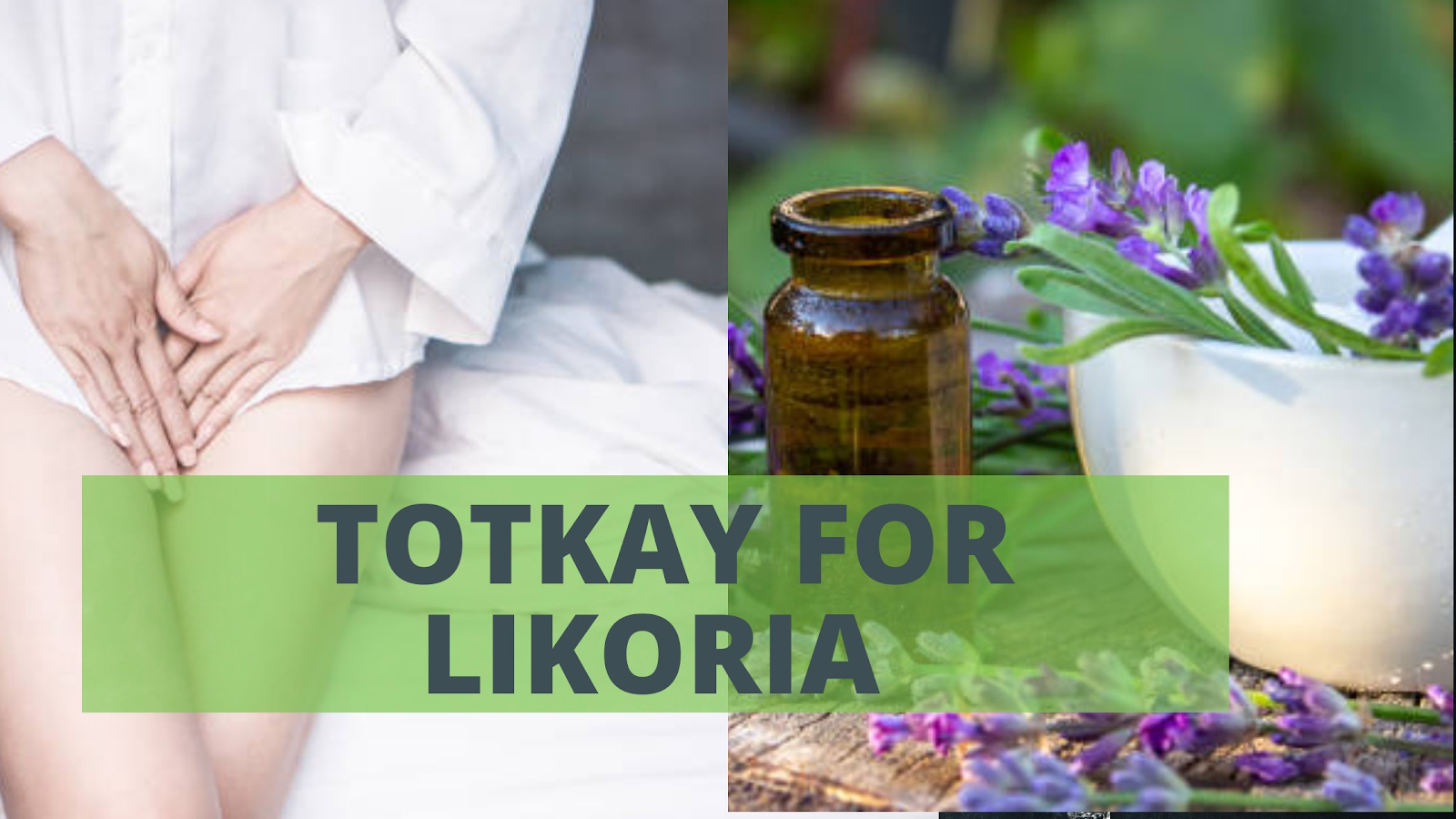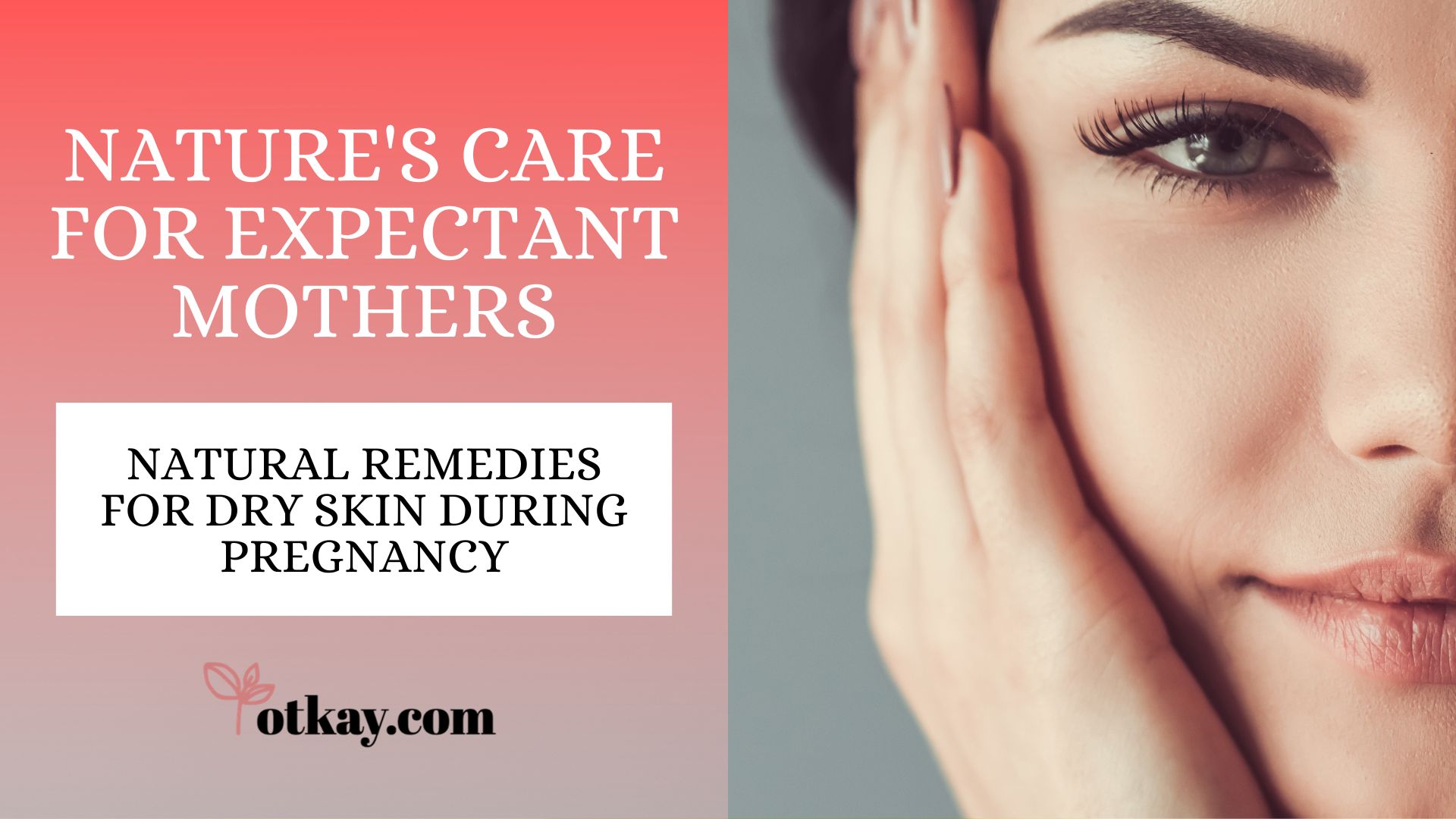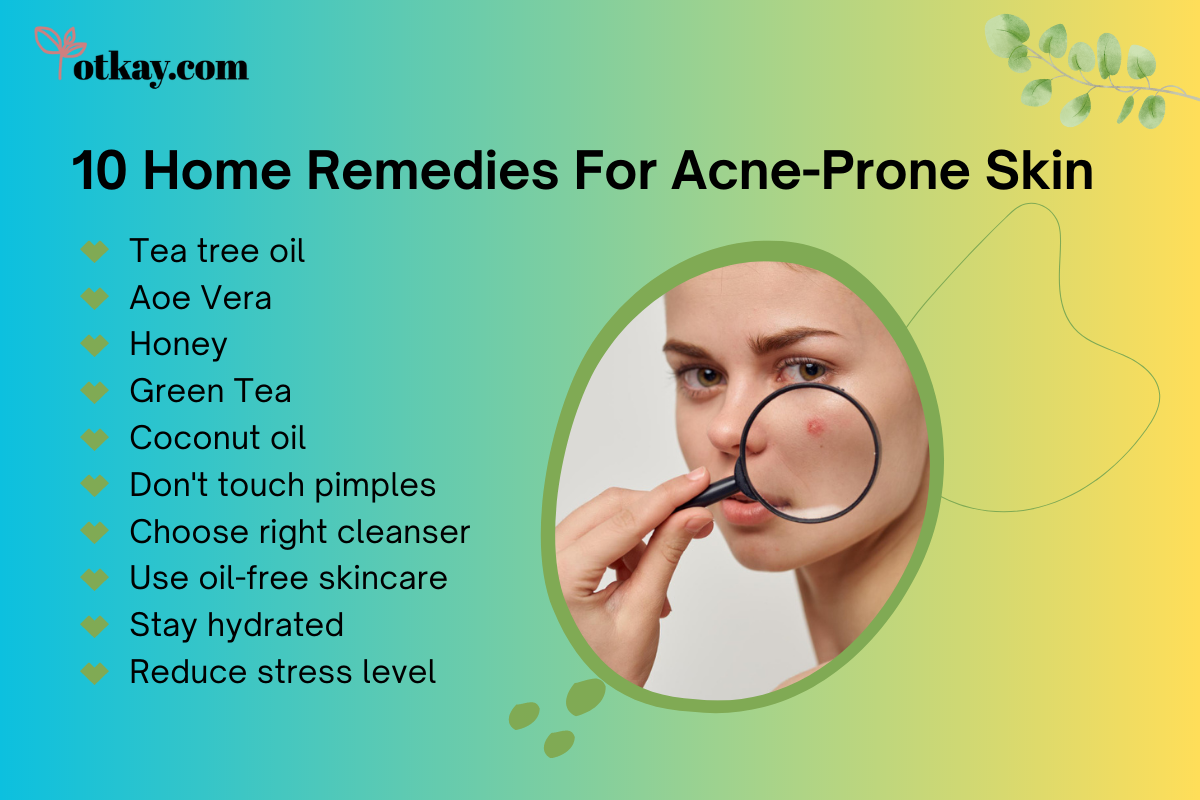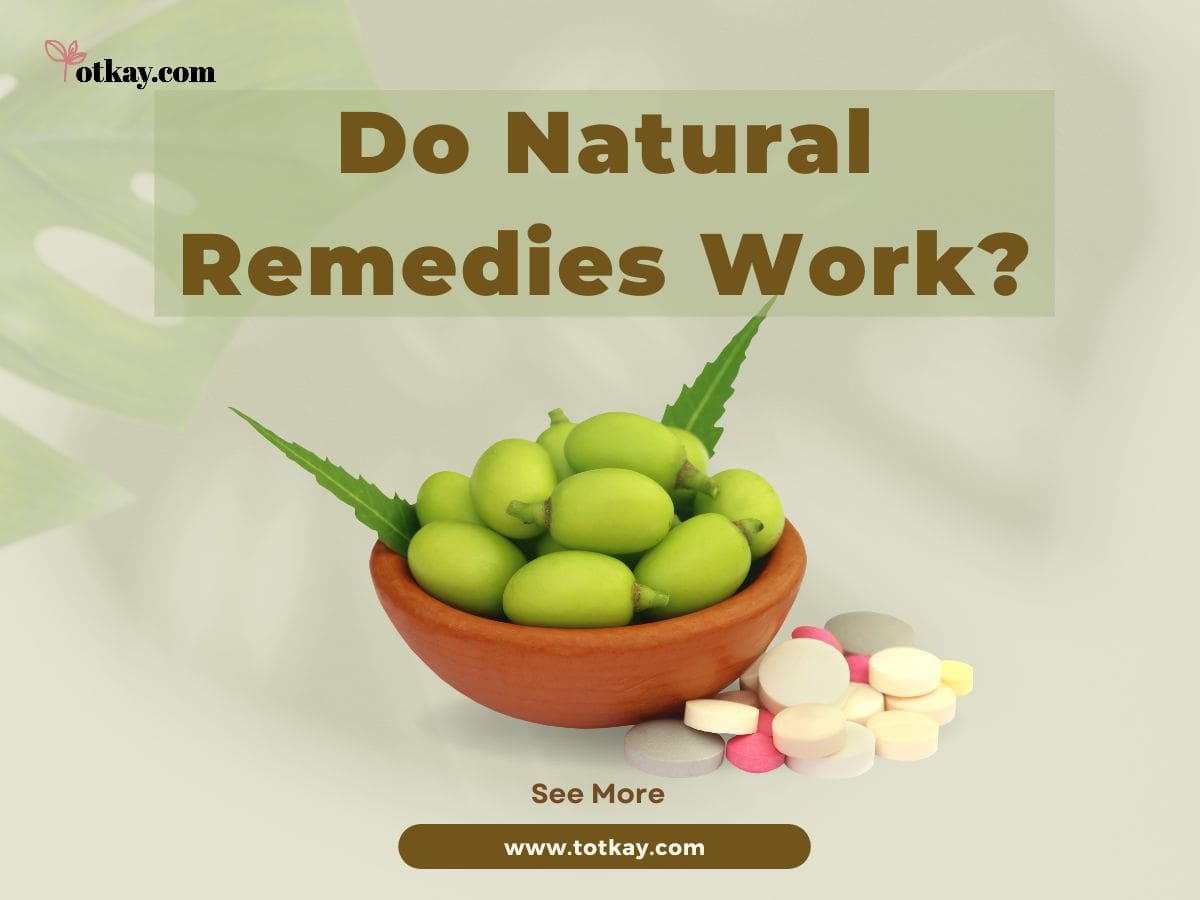Effective Garallun Totkay to Safeguard Your 2-Month-Old from Rashes
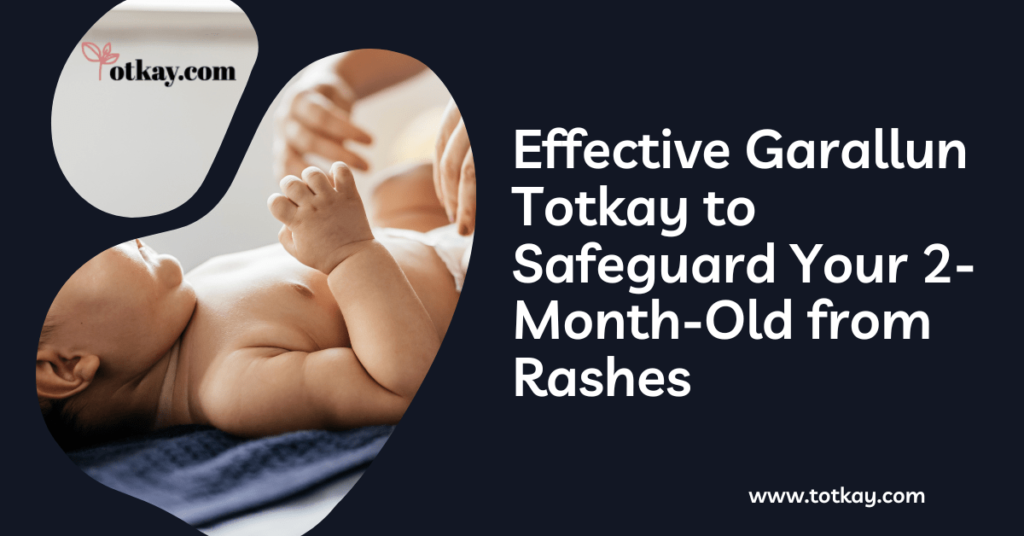
Rashes caused by diapers are a common skin problem in infants of 2 months old. They cause scales and red splotches to appear on the toddler’s bottom and in the genital area. However, there are several natural ways and home remedies to help treat a diaper rash at home.
Diapers commonly cause rashes as they grow in warm, moist places. That’s why diapers are the most suitable place for developing the rash. Here are the factors that are more likely to make diaper rash:
- Very tight diapers
- Sensitive baby skin
- Irritated skin
- Use of antibiotics
- Giving new foods to baby
In some severe cases, a diaper rash may also spread up the baby’s legs and to the stomach. But Totkay got you covered. Read this blog till the end to treat most mild rash cases at home. Try the tips below at home to help relieve your child’s diaper rash.
A baby may get rashes due to a number of causes. Try to find out the cause of rashes in your baby’s case. Is it a reaction to the baby oil? Is it a diaper rash? Is it eczema due to dry skin? Is it a viral infection?
Suppose the rash is oozing and is accompanied by fever or making the baby uncomfortable. In that case, you must take the baby to a doctor.
It is essential to check the rash regularly to ensure it is not getting severe. Always clean the genital area of your baby and pat it dry before you apply a mild and effective rash cream. A parent can help reduce the severity of a child’s rash through the following methods.
Table of Contents (Effective Garallun Totkay)
Simple methods:
A cold compress is a simple but effective rash treatment. This relieves the pesky rash symptoms and helps reduce its harshness. Cold compresses work best for the rashes caused by heat because they help to reduce inflammation and swelling. Use a clean and soft cloth soaked in cold water for a cold compress, or use a purchased compress. It is essential to never place ice directly on your baby’s skin. This can cause frostbite. It may damage their delicate skin.
Breast milk can do wonders internally and externally. Applying a few drops to the rash-affected area could heal rashes without side effects or reactions. This is because of these two advantages of breast milk:
- It is loaded with immunoglobulins.
- It helps combat infections.
Using oils:
Olive oil is an excellent mother’s choice for renewing the skin and healing a rash afterward. Olive oil’s anti-inflammatory and antimicrobial properties are ideal for irritant dermatitis, allergic rashes, and diaper rash.
Coconut oil may soothe and hydrate a rash. Coconut oil also helps protect the skin. It has a thick consistency, like most rash-treating products. This protects the rash from outside variables and irritation. We recommend virgin coconut oil because it still has unprocessed coconut oil’s antiseptic and anti-inflammatory properties.
You can also use petrolatum. It also works well to relieve rashes.
Using avocado oil on your little ones’s skin can also give beneficial results. It’s an excellent skin softener and emollient. Moreover, it is a good source of skin-repairing fatty acids, has antioxidant properties, and is incredibly soothing to sensitive skin.
It is fast absorbing and non-greasy in texture. Your natural daily use lotion containing avocado oil will do wonders for your baby’s skin. It helps lock in moisture in your baby’s skin and protect the skin’s barrier.
Bathing:
Give your two-month-old little one a lukewarm bath. It should be comfortable for your baby. You can skip the body wash or soap and use water to avoid further blocking pores. Let your two-month-old little ones air-dry instead of rubbing their skin with a towel.
The US Food and Drug Administration has approved the oatmeal bath to protect the skin. Oatmeal has skin-soothing and anti-inflammatory properties. Dissolve a cup of finely blended oatmeal in warm bathwater to give an oatmeal bath. Let your baby stay for about a half-hour in the tub, and then rinse them off with tepid water. You can also mix honey and yogurt with oatmeal to treat facial rashes.
Note: Never use honey for oral or skin use in a child under one year old. It may cause botulism.
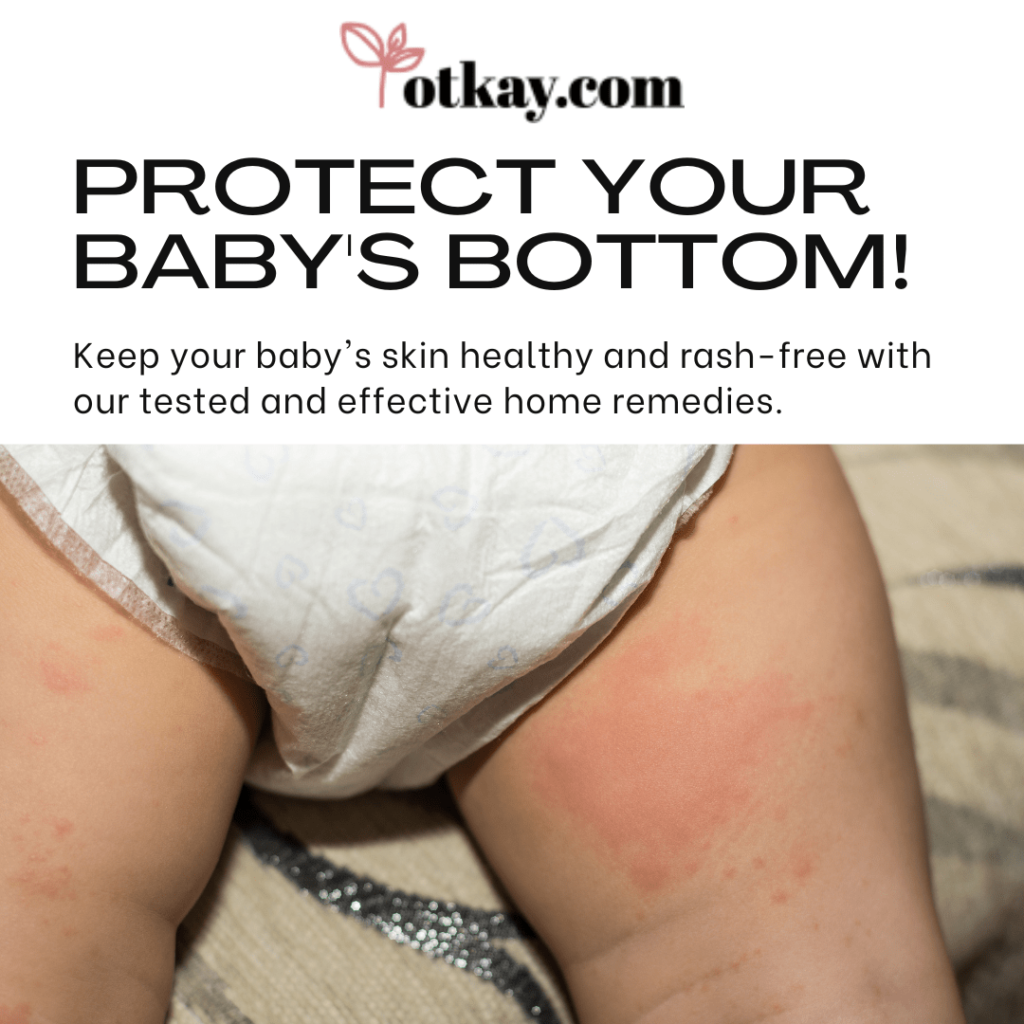
Additional home remedies:
The apple cider vinegar’s acetic acid properties can fight microbe growth. It mainly combats fungi. You can add a tablespoon of apple cider vinegar to your baby’s bath, which is an excellent help for babies with diaper rash. You can also mix apple cider vinegar in water and apply it over the afflicted rash area throughout the day with the help of a wipe.
Shea butter is a creamy, rich compound. Shea butter is rich in essential fatty acids. It keeps your baby’s skin happy and protected. It’s a great natural choice for infant’ daily skincare routine to stay within their skin’s natural barrier.
It makes your baby’s skin incredibly soft; shea butter has an antifungal property. It’s high in vitamins A and E. As a result, it stimulates the production of collagen in the skin. Due to its naturally anti-inflammatory properties, it helps to soothe even the most sensitive skin.
Baby products containing shea butter, such as a daily lotion or a natural diaper cream, will create a protective barrier on your baby’s skin. It also resolves other skin irritations and protects the skin against sun damage.
Blueberry leaves are rich in minerals and vitamins and are known for their protective, remarkable, soothing, and antioxidative properties.
It is ideal for babies; it offers natural protection even for delicate skin. You can easily find blueberry leaf extract in natural skincare products for babies. It can be used daily to protect, moisturize, and soothe sensitive skin.
Neem leaves are also one of the most effective natural home remedies. They also work as an antiseptic for your baby’s rash. Grind the neem leaves with water to form a paste-like consistency. Now, apply the paste to the affected areas of the rash to relieve the itching and redness. This also helps with soothing mosquito bites.
Apply soothing creams
Pastes or zinc barrier creams can soothe the skin and prevent contact of rashy areas with feces and other irritants. These products may include:
- Triple Paste
- A+D
- Balmex
- Desitin
Apply a thin layer of one of these pastes to prevent stool or urine from touching your baby’s affected skin.
Petroleum jelly may be ideal since they’re inexpensive and usually contain perfumes or fewer dyes. However, they may stick to cloth diapers, which will be hard to wash off later. They also don’t offer a barrier as strong as other effective medicated creams.
Consider alternative soothing home remedies.
Some people claim that alternative or home remedies provide better relief for their baby’s diaper rash.
Popular alternative remedies may include the use of the following:
- Aloe vera gel
- Calendula cream
- Breast milk
- Witch hazel ointment
- Shampoo clay
Avoid using these products
Less is more when treating and preventing mild diaper rash in your newborn. Avoid using highly fragranced or dyed products, including fabric softeners and dryer sheets.
Fragrance-free and Hypoallergenic products are much less irritating for many newborns.
You should also avoid using too much baby powder on your baby’s skin. It can harm their lungs because they can inhale it.
Cornstarch is another remedy that isn’t safe for your little ones because they can also inhale the powder. As a result, it can affect their lungs. Cornstarch can also worsen the specific diaper rashes caused by the fungus “Candida.”
What are the causes of diaper rashes in 2-month-old babies?
Diaper rashes are commonly caused by moisture and friction affecting your baby’s skin. It often happens when urine and feces sit against their skin in the diaper, causing the skin to become red and irritated. However, there are other causes. Other causes include the following:
- Chaffing, diapers rubbing, and causing irritation
- An allergic reaction to bubble baths, wipes, laundry detergent, or another product that touches your baby’s skin
- A reaction to some antibiotics
- An allergic reaction to newly given foods
Are there any specific risk factors for diaper rash?
Diaper rashes are common and can happen to any infant who wears a diaper. However, some risk factors make a child more likely to develop a diaper rash.
These risk factors include:
- Being between 2 and 9 months old
- Taking antibiotics
- Starting to eat solid foods
- Having diarrhea
- Having a cold or other illness
- Starting to sleep through the night
When to see your kid’s pediatrician?
Although diaper rashes can sometimes look painful and irritated, they often won’t disturb your kid. The exception is when the diaper rash becomes infected and severe.
A pediatrician should treat an infected diaper rash. Making an appointment is good if you suspect your little one’s diaper rash is infected.
Symptoms of an infected diaper rash include the following:
- blisters on the diaper area
- swelling
- fever
- redness
- pus or discharge
Your baby’s rash can also develop into a secondary yeast or fungal infection called candidiasis. It appears raw and bright red.
It can also be found in the creases of your newborn’s skin, with spots of the red rash outside the diaper area on the thighs or abdomen. These are also known as satellite lesions.
Consult your doctor or nurse for a diagnosis if you notice similar symptoms. Your doctor will prescribe an antifungal cream if your baby has a fungal diaper rash.
Suppose your child becomes challenging to console or seems to be in pain related to their diaper rash. In that case, these are also signs to call the pediatrician.
For more effective and detailed home remedies for your common ailments and sicknesses, consider visiting totkay.com!

Hi, I’m a dedicated writer at Totkay.com, passionate about sharing practical tips and solutions to make your life easier. Explore my articles for helpful insights and valuable advice. Stay connected for more expert content!


